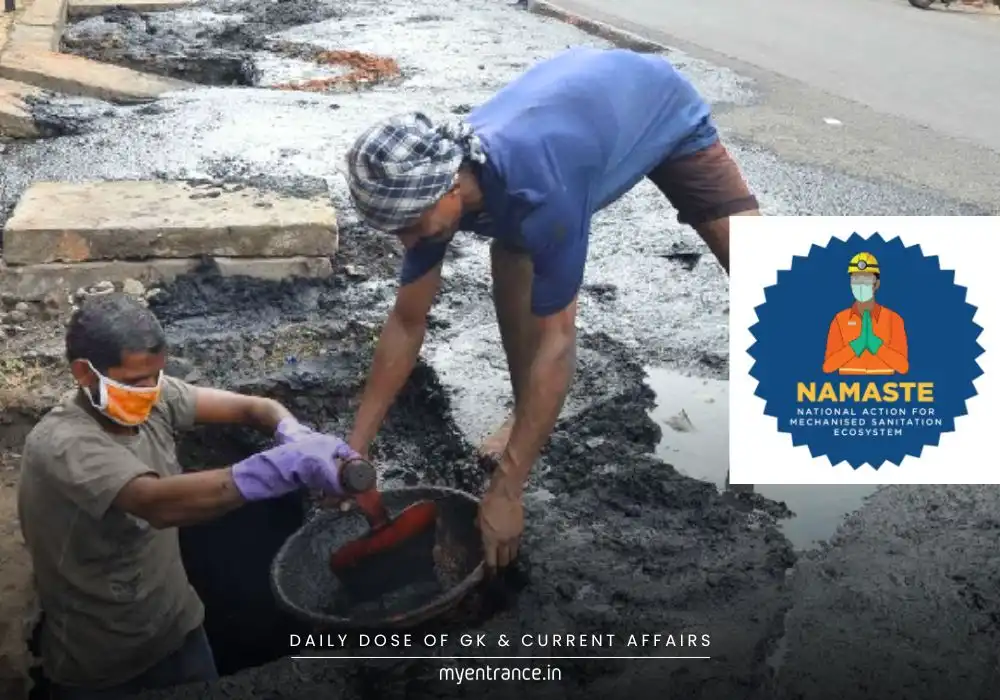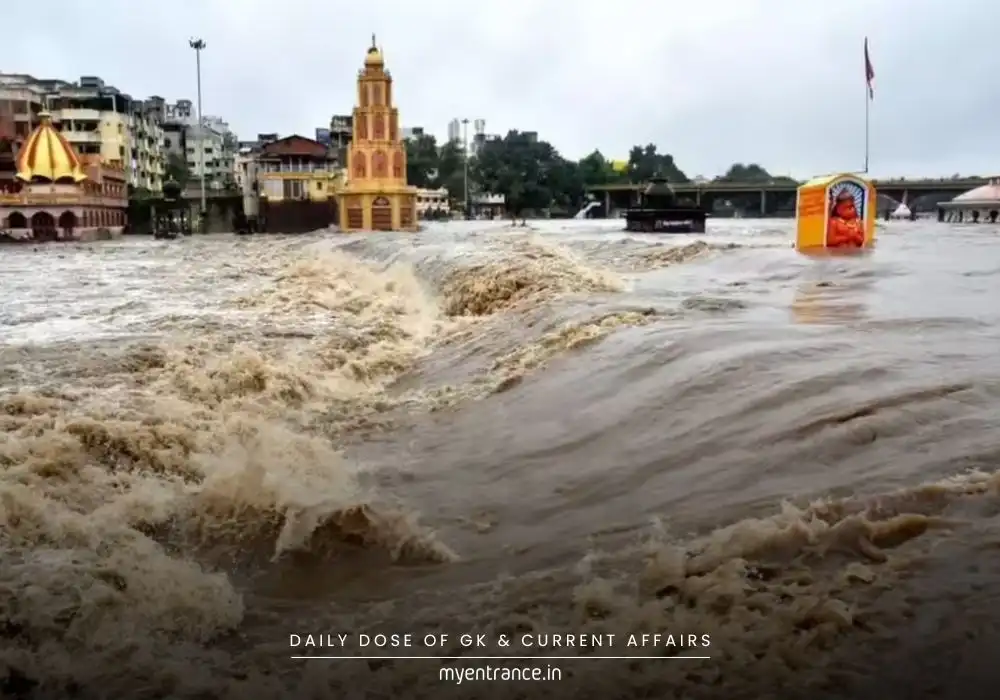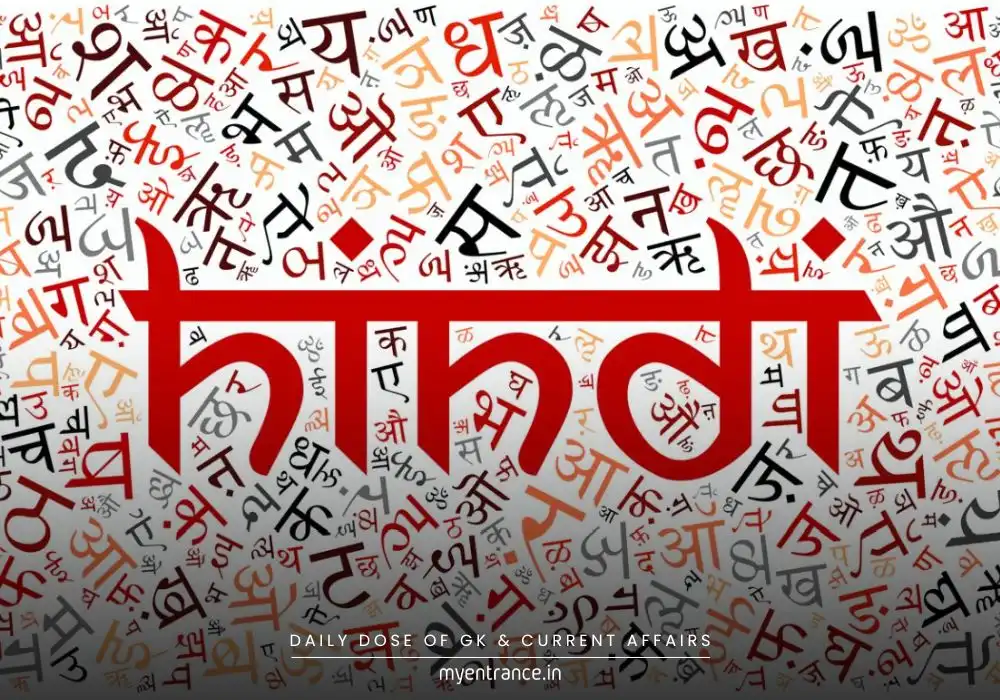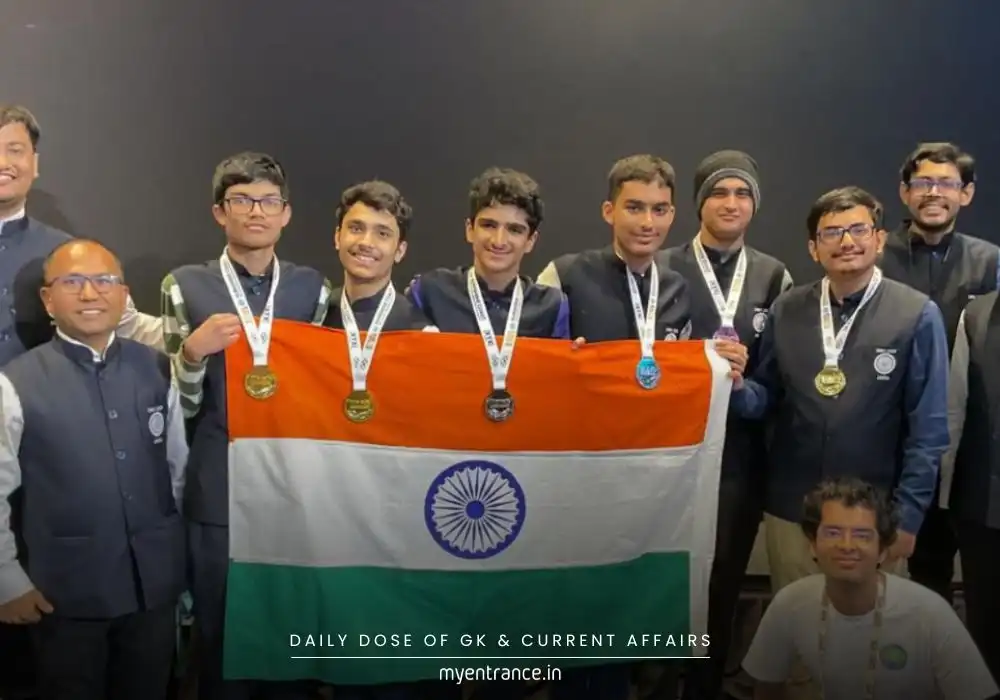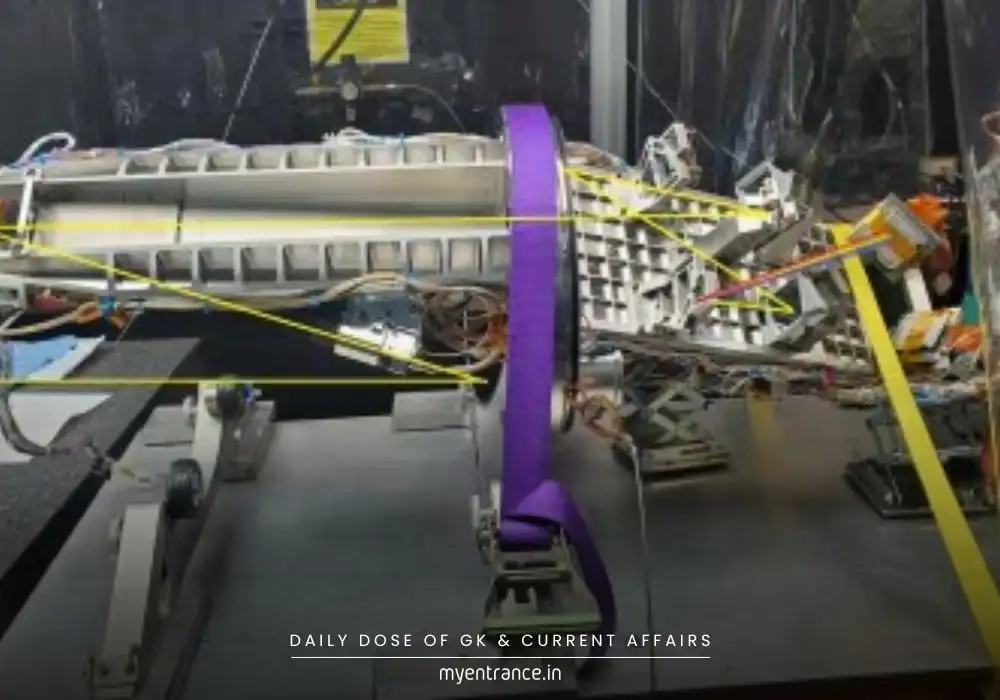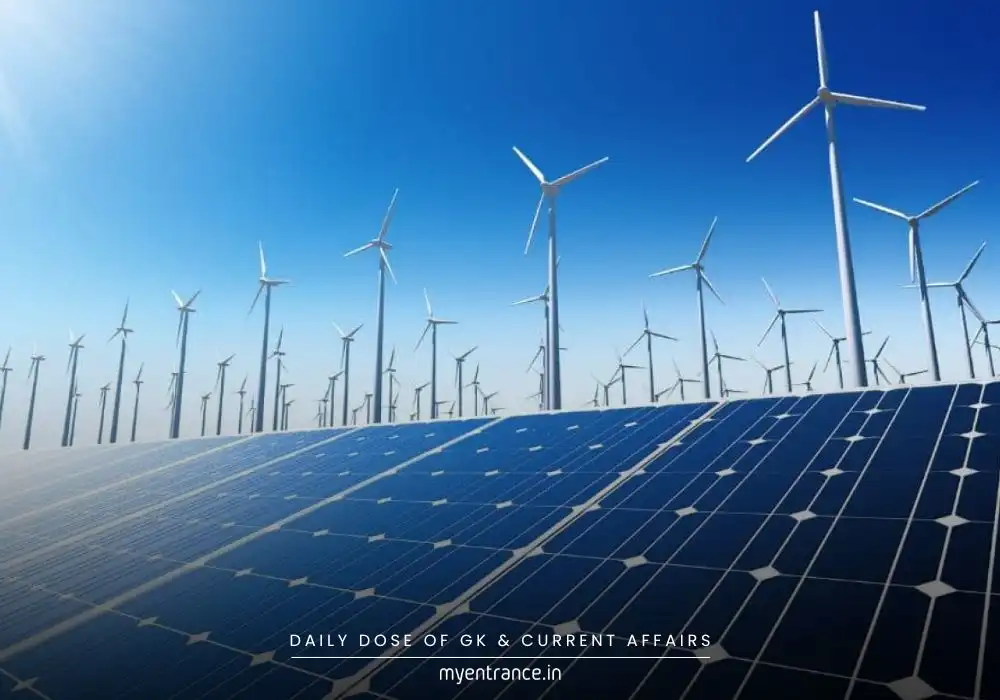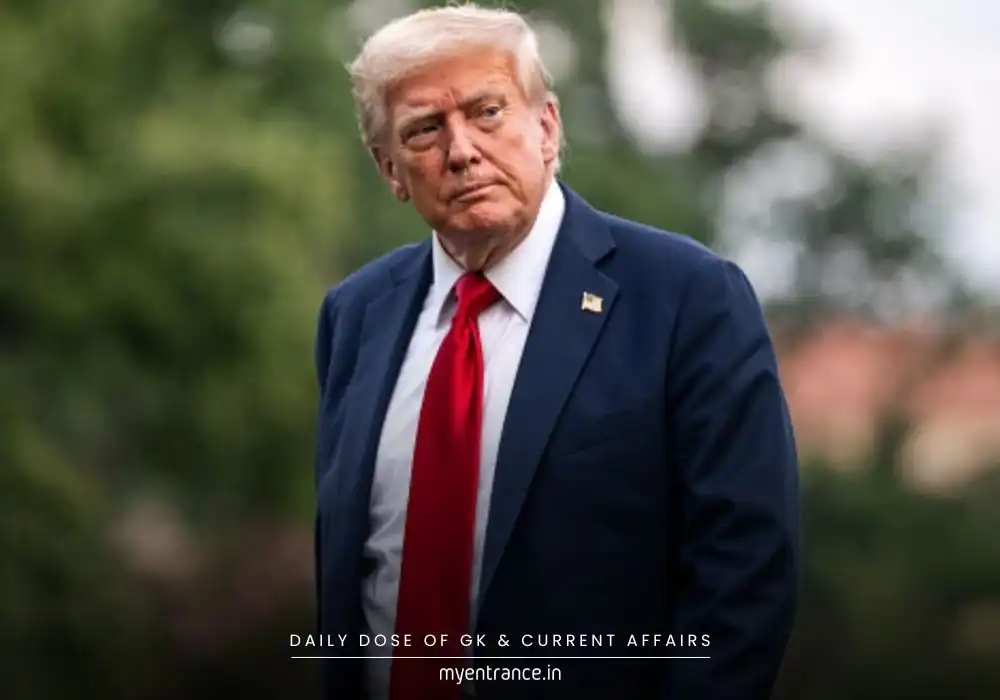Translate Language
Deep Sea Fishing Debate: Boon for Blue Economy or Bust for Small Fishermen?
A major conflict is brewing in India’s oceans. Traditional deep-sea fishers are vehemently opposing a recent government decision allowing large industrial vessels to operate far offshore. They argue this move prioritizes big business over sustainability and threatens the very survival of small-scale fishing communities crucial to coastal economies.
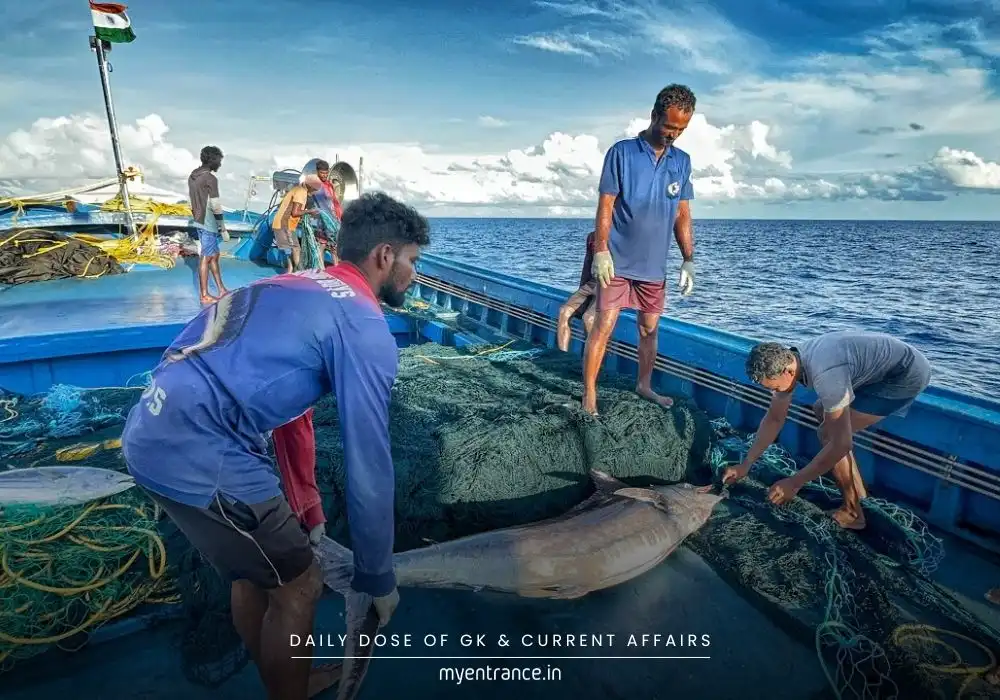
The tranquil rhythm of India’s vast coastline is being disrupted by a wave of protest. The All India Deep Sea Fishers’ Association (AIDFA) has launched a fierce critique against the Union Fisheries Ministry’s decision to open deep-sea areas beyond India’s sovereign waters to large, industrial fishing vessels.
This decision, framed as part of the government’s ambitious Blue Economy policy unveiled in 2020, aims to tap into previously unexploited marine resources. However, the AIDFA sees it very differently. In a strongly worded letter to Union Minister Rajeev Ranjan Singh, the association slammed the move as a direct threat to the livelihoods of lakhs of small-scale, traditional fishers who have sustainably worked these waters for generations.
Key Concerns Raised by Traditional Fishers:
Livelihoods at Stake: AIDFA chief Charles George emphasized that this policy favors industrial giants, pushing aside the small boat operators who form the backbone of India’s fishing sector. They fear being priced out and marginalized.
Ecological Crisis Worsened: The association urgently called on the government to reject the push for industrial deep-sea vessels. They argue these large vessels, often using less selective gear, will accelerate the depletion of already stressed fish stocks and cause irreparable damage to delicate deep-sea ecosystems. “Such a move will only worsen ecological and economic crises,” they warned.
Sustainability Myth Debunked: The government justifies the move by citing “untapped resources.” The AIDFA counters this, pointing out that existing Central data shows India already has over 3.14 lakh fishing vessels operating within its Exclusive Economic Zone (EEZ), while sustainable practices might only support around 93,000. Crucially, George argues, the predominantly small-scale nature of the current fleet shouldn’t be equated with exceeding sustainability limits like industrial fleets would.
Call for Empowerment, Not Displacement: Instead of industrial deep-sea fleets, the AIDFA demands the government focus on revitalizing the traditional sector. They advocate for modernizing small vessels, strengthening fishermen cooperatives, and ensuring fair access to subsidies and support systems. “Revitalise small-scale and traditional fishermen,” George implored.
The core of the conflict lies in balancing the government’s vision for economic growth through the Blue Economy with the urgent need for environmental conservation and protecting the socio-economic fabric of coastal communities. The traditional fishers feel their sustainable practices and vital role are being sacrificed for corporate interests under the guise of development.
Sample Questions & Answers for Exam Aspirants:
Q: What is the primary concern of the All India Deep Sea Fishers’ Association regarding the government’s new policy?
A: The AIDFA fears the policy allowing large industrial vessels in deep-sea zones will devastate the livelihoods of small-scale traditional fishers and cause severe ecological damage.
Q: Under which broader government policy is the decision to allow deep-sea vessels framed?
A: The decision is presented as part of the Government of India’s Blue Economy policy, aimed at harnessing ocean resources for economic growth.
Q: According to the AIDFA, why is the government’s argument of “tapping untapped resources” flawed?
A: The AIDFA argues that existing data shows India’s EEZ already has a high number of vessels (over 3.14 lakh), exceeding estimated sustainable levels (~93,000). Introducing large industrial vessels would worsen overfishing, not exploit truly untapped resources sustainably.
Q: What alternative approach does the AIDFA suggest instead of allowing industrial deep-sea vessels?
A: The AIDFA urges the government to focus on modernizing small-scale fisheries, strengthening fishermen cooperatives, and providing fair subsidies to empower traditional fishers sustainably.
Q: How far does India’s Exclusive Economic Zone (EEZ) extend from its coastline?
A: As per UNCLOS, India’s Exclusive Economic Zone (EEZ) extends up to 200 nautical miles (approximately 370 kilometers) from its baseline coastline.
Get 3 Months Free Access for SSC, PSC, NIFT & NID
Boost your exam prep!
Use offer code WELCOME28 to get 3 months free subscription. Start preparing today!

